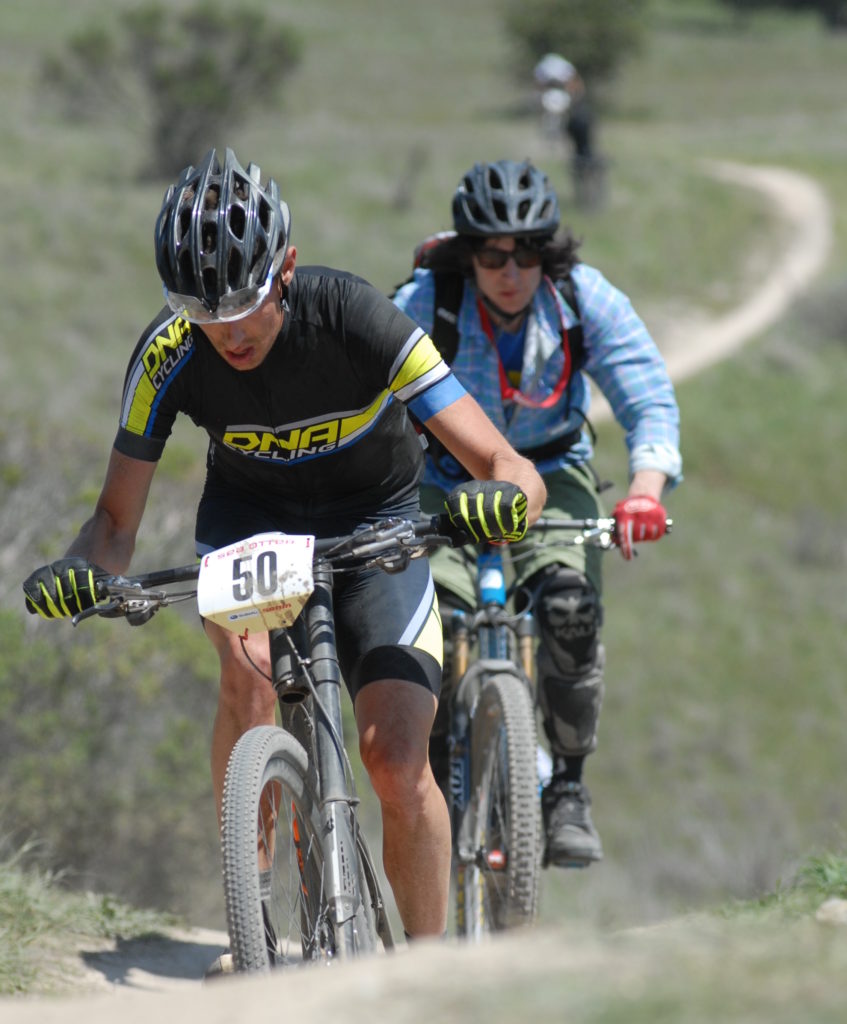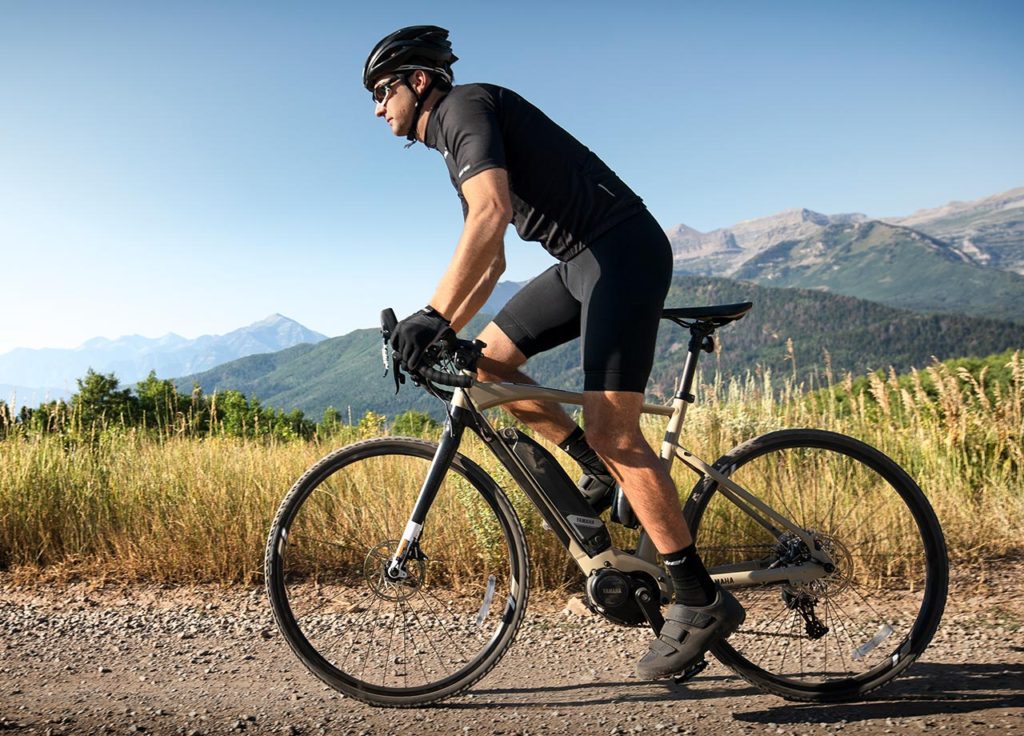A flood of headlines last week appeared to be clickbait because of their preposterous claims. The articles from Outside, The Verge, Men’s Health, KSL.com, Adventure Journal and Electrek referenced a study from Brigham Young University claiming that riding an E-bike requires close to the same amount of energy as riding a bicycle. Anyone who has had the pleasure of riding an E-bike knows the main attraction of electric-motorized bikes is how much they reduce the energy needed to ride. These media outlets were claiming the study proved this perception wrong. They interpreted the study as saying an E-bike rider expends as much energy as they do when riding a bicycle. This result, if accurate, would be a tremendous blow to the E-bike industry. Why buy a complex motorized vehicle if it doesn’t give you an advantage?
A university can’t control how the media interprets their studies and I have found studies are often over-simplified, misunderstood or cherry-picked by the media. In this case, I found a major flaw in the Brigham Young University (BYU) study that has me questioning the validity of their results. It also troubles me that the study might wrongly discourage people (who would greatly benefit from riding an E-bike) from purchasing an E-bike.
I’ll join the ranks of the media outlets sighted above by over-simplifying the BYU study because I don’t want to bore my readers. Rest assured that I have read the entire study, something I’m not sure the above media outlets can claim.
THE PROBLEM WITH THE BYU STUDY
The study sent riders on a measured-distance course. Riders rode the course on a bicycle and on an electric-motorized bicycle. The riders’ vitals were monitored and after completion of the laps, these vitals were compared. The results were pretty much the same. What somehow gets lost in the media reports (and I believe in the BYU study) is that the riders went 4 miles-per-hour faster on the E-bike (I was flattered that the BYU study validated my own speed-comparison study).
The obvious flaw in the BYU study (this is my Malcolm-Gladwell moment) was using a set distance instead of time or speed for comparison. The study needed riders to complete the lap on the E-bike and note the elapsed time of that lap. Next, the riders should have been instructed to ride the same course on a bicycle and stop when they hit the elapsed time of their E-bike lap. Or better, the riders could have been instructed to ride the course at as close to 7 miles-per-hour as possible on both the E-bike and the bicycle. That is when the riders’ vitals should have been compared.
Even if the BYU researchers had used either of these more-fair comparisons, I’m skeptical the study could establish any valid findings. Riders in this study were going to use relatively the same amount of energy riding the E-bike or bicycle if that is what they were instructed to do. The way the study was conducted, the E-bike’s power could have been turned off and the results would be similar. The bicycle would be faster, but the rider would expend similar energy on both the bicycle and the turned-off E-bike.
THE BYU STUDY DOES E-BIKING A GREAT DISSERVICE
I believe the study unfairly and incorrectly minimizes the single biggest benefit of owning and riding an E-bike. E-bikes make cycling far less physically demanding. If you are inclined to believe the BYU study, I urge you to conduct your own study by taking an E-bike for a test ride. Many bike shops have E-bikes that you can demo without cost. After taking one E-bike ride, I don’t see how you could possibly agree with BYU’s findings.
About the author: Jim “Jimmy Mac” McIlvain was Editor of Mountain Bike Action Magazine and Road Bike Action Magazine and a contributing editor of Electric Bike Action Magazine. He has been used as a resource by land management agencies in developing e-bike and mountain bike policy. He welcomes feedback or questions from land management agencies, retailers and riders who deal with e-bike issues. The Jimmy Mac On Two Wheels website is self-funded.

